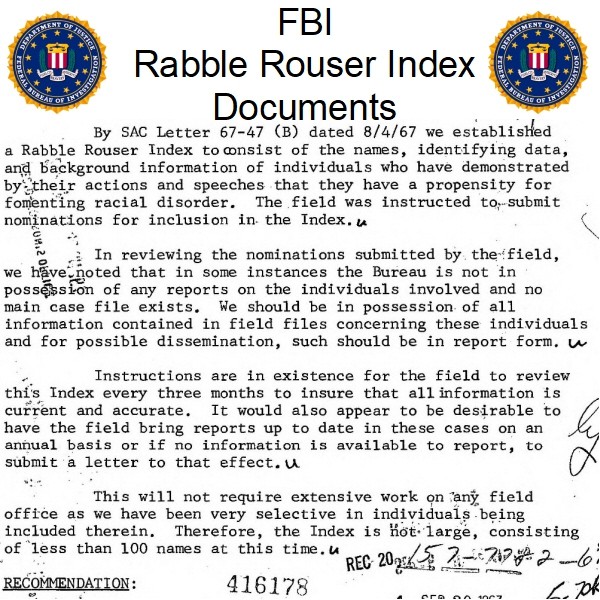
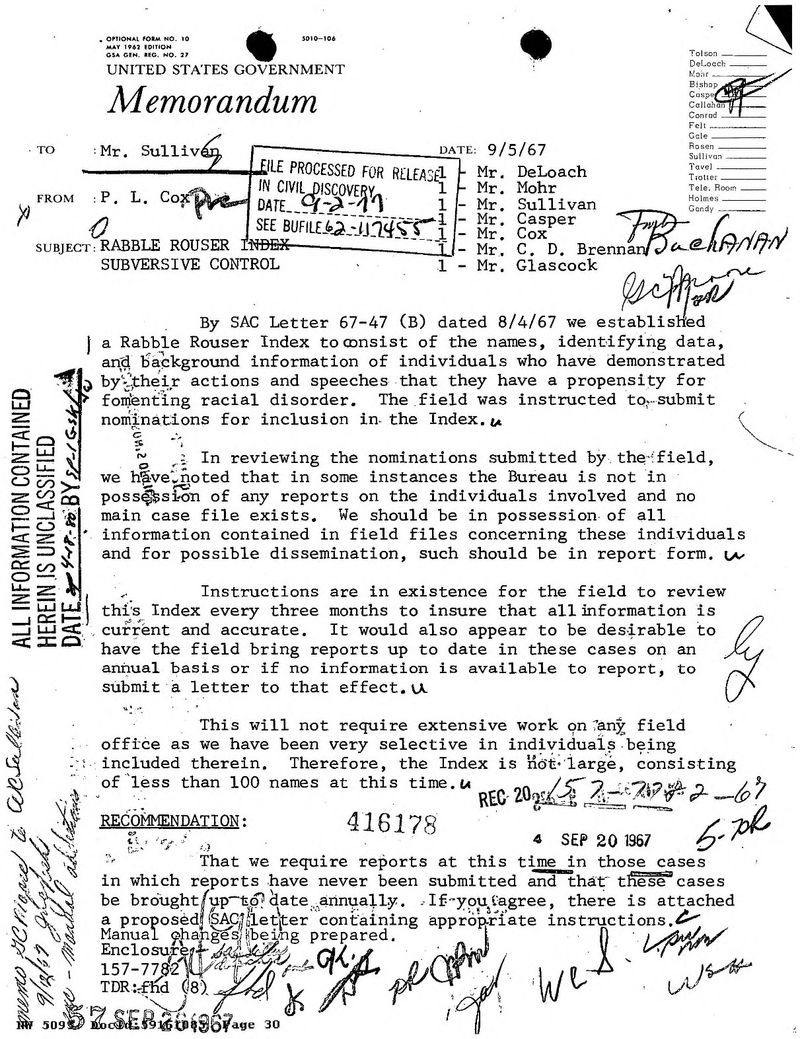
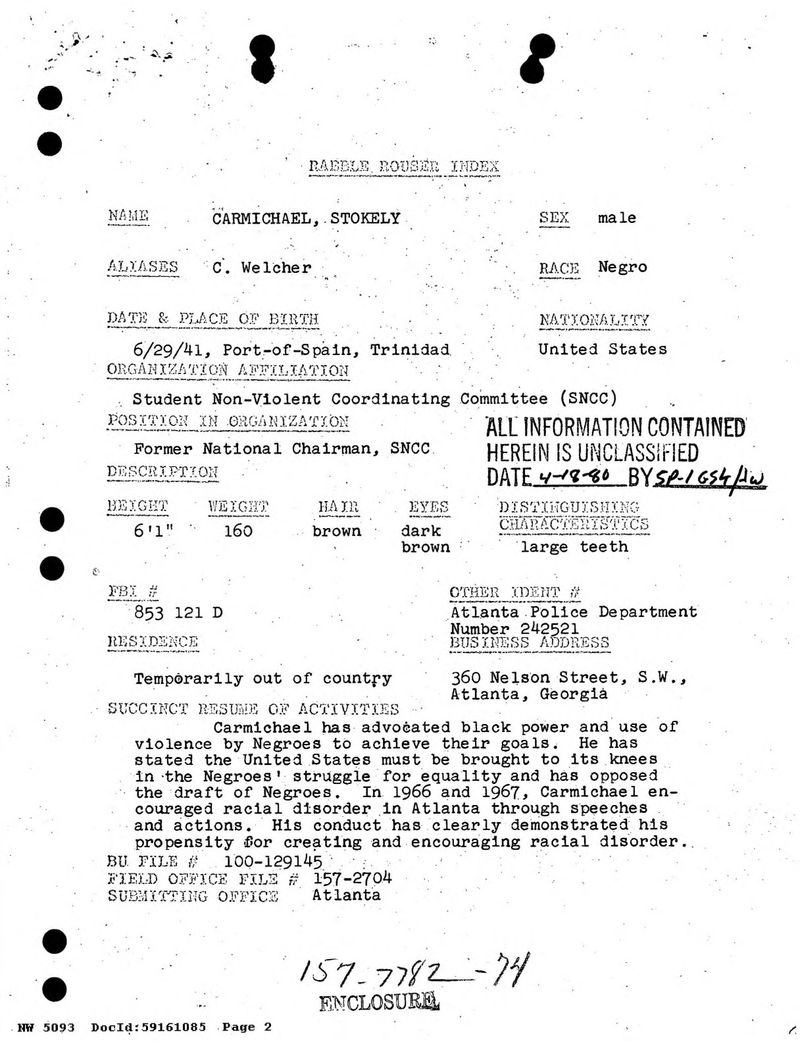

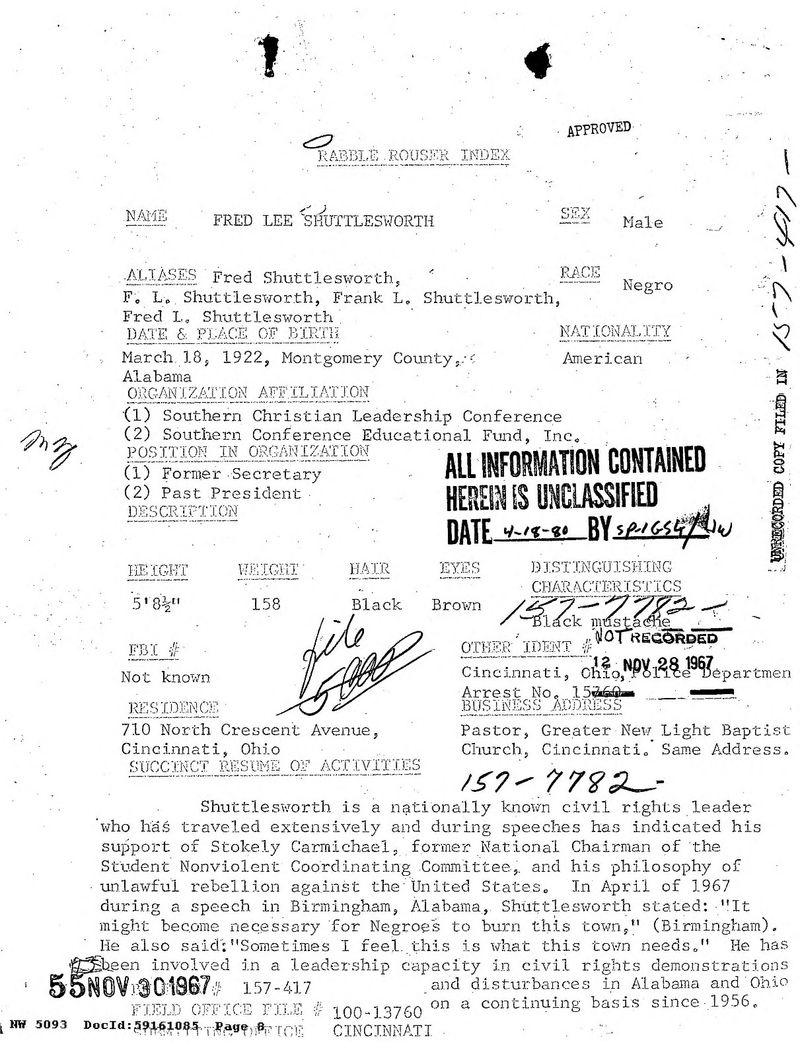
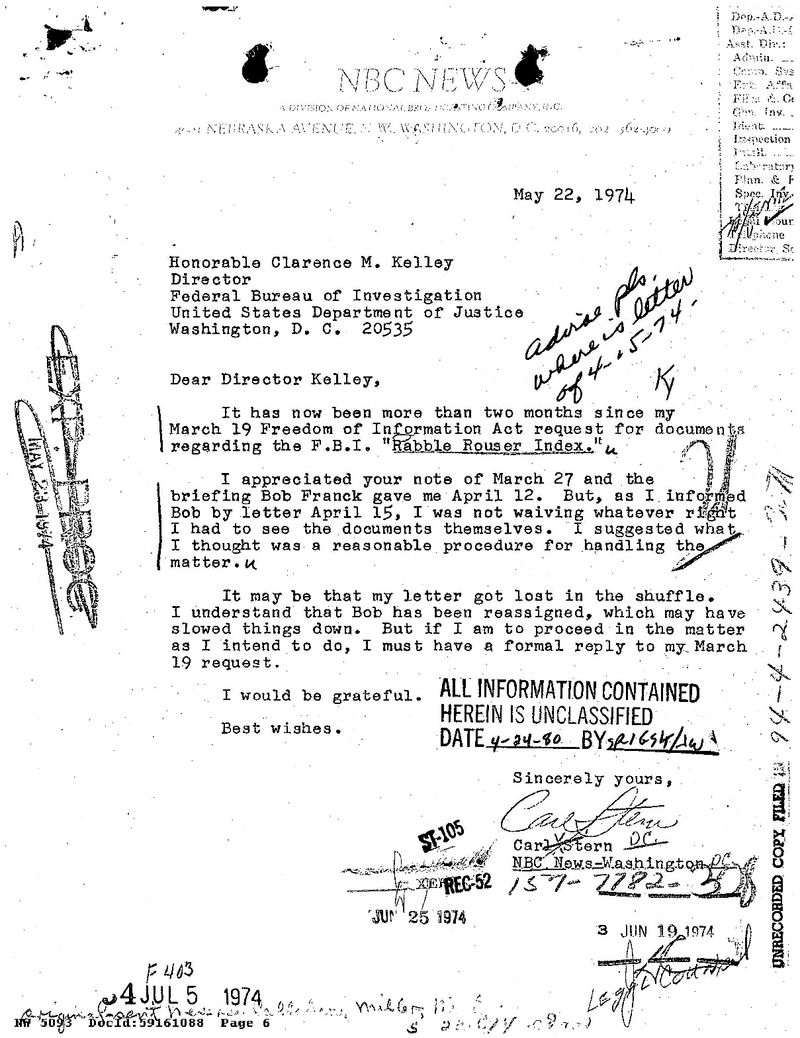
Description
FBI’s Rabble Rouser Index: An Inside Look at Domestic Surveillance.
The Federal Bureau of Investigation’s (FBI) controversial Rabble Rouser Index, which aimed to track individuals deemed a threat to national security based on their actions and rhetoric, has come under scrutiny in recent years. Newly released documents reveal insights into the index’s development, scope, and use, offering a glimpse into the FBI’s domestic intelligence operations during a turbulent era in American history.
Origins of the Rabble Rouser Index
The Rabble Rouser Index originated from the FBI’s earlier indexing systems established by J. Edgar Hoover, the bureau’s first director, who implemented a card system for cataloging information about individuals. Hoover’s expertise was influenced by his previous experience at the National Archives, where he learned about efficient data organization. As technology evolved, the FBI transitioned from manual indexing to computer databases, but the underlying framework remained rooted in Hoover’s original concepts.
The index was part of broader efforts by the FBI to monitor individuals who were perceived as subversive or dangerous. In 1950, a Security Index was created, specifically targeting individuals who could be arrested in times of national emergency.
On August 4, 1967, the Rabble Rouser Index emerged as a response to growing societal tensions. An internal memo dated September 5, 1967, explicitly stated the index’s purpose: it would catalog the names, identifying details, and background information of individuals who demonstrated a propensity for inciting racial disorder through their speeches and actions. Field offices across the nation were instructed to submit nominees for inclusion in this list.
A Growing Concern Post-King’s Assassination
As the index evolved, its name was changed to the Agitator Index in March 1968. This shift coincided with an increase in civil unrest and protests, particularly following the assassination of Martin Luther King Jr. on April 4, 1968. In a memo issued that same day, the FBI highlighted the potential for widespread riots and underscored the need for preparedness against “professional rabble rousers” traveling throughout the country to incite unrest.
This memo urged the Bureau to make available photographs, descriptions, and background information of individuals listed on the Agitator Index to all field offices, allowing local law enforcement to be better informed and prepared. The intention was clear: to intercept those who might incite violence before they could reach affected cities.
The memo recognized that while providing this information could place additional burdens on the Bureau, doing so would ultimately enhance safety and responsiveness during volatile situations.
Congressional Oversight and Reports
Concerns over the FBI’s domestic surveillance activities prompted investigations and reports from various government bodies. One of the most significant was the House Judiciary Committee’s report, published on February 24, 1976. This comprehensive 258-page document scrutinized the FBI’s domestic intelligence operations, directly referencing the Rabble Rouser Index.
The report raised critical questions about the FBI’s authority to conduct such investigations, acknowledging that existing legislation was insufficient to govern domestic intelligence gathering. It pointed out the breadth of the investigations, noting that they often encompassed a large number of individuals without sufficient oversight or clarity regarding their necessity or legality.
Moreover, the report suggested that while the FBI maintained control over the dissemination of investigative information, it had not sufficiently reviewed its procedures for retaining such data. It recommended that the Attorney General impose limits on how long investigative data could be stored, emphasizing the lack of accountability both within the Justice Department and Congress concerning the FBI’s domestic intelligence practices.
The Senate Church Committee’s Insights
Further revelations came from the Senate Church Committee’s 1976 report titled “Intelligence Activities and the Rights of Americans.” This report included 36 pages focusing on the FBI’s target lists, including the Rabble Rouser Index. The committee’s work was driven by concerns regarding the implications of surveillance and intelligence gathering on civil liberties.
The findings echoed similar sentiments expressed in the House report, stressing the need for greater legal frameworks to define the FBI’s operational boundaries in domestic intelligence matters. Both reports highlighted the potential for abuse inherent in broad surveillance practices, especially when directed at individuals based on their political views or affiliations.
Conclusion
The documents surrounding the FBI’s Rabble Rouser Index illuminate a complex chapter in American history, revealing the agency’s strategies to monitor and control perceived threats during a period marked by civil unrest and social change. As discussions about the balance between national security and civil liberties continue, the lessons from this historical context remain relevant today.
Related products
-

John F. Kennedy Assassination Dallas Police Department Files
$19.50 Add to Cart -
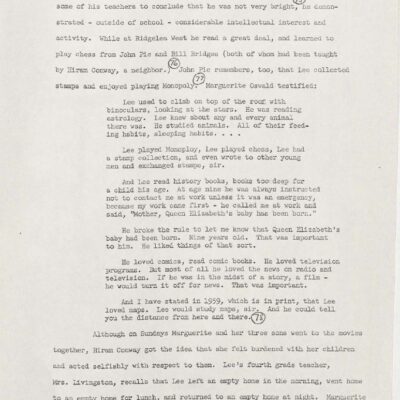
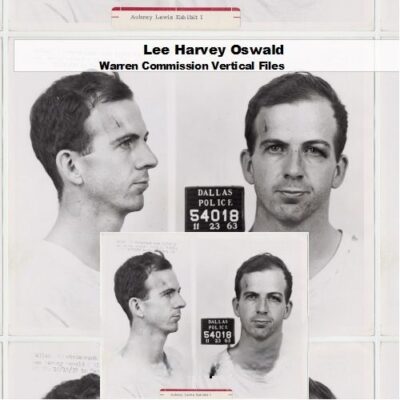
John F. Kennedy Assassination: Lee Harvey Oswald Warren Commission Vertical File
$19.50 Add to Cart -
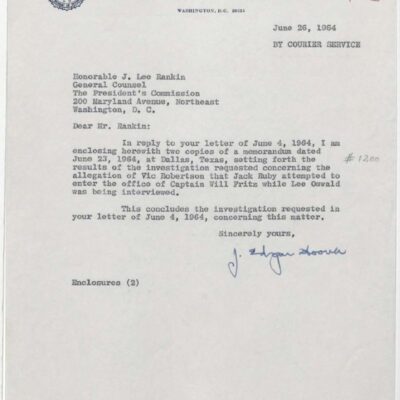
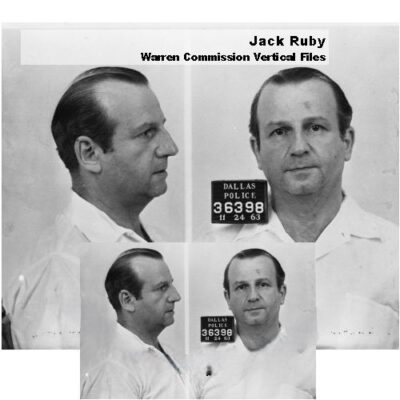
JFK Assassination Jack Ruby Warren Commission Vertical Files
$19.50 Add to Cart -
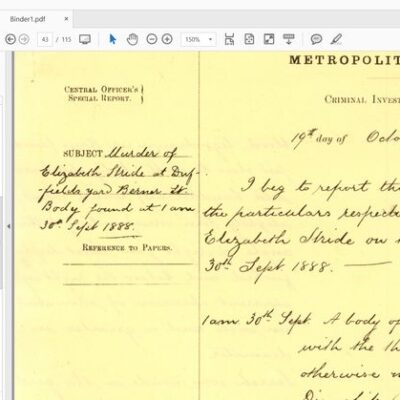
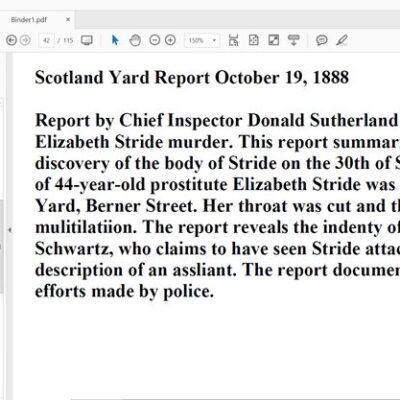
Jack the Ripper – Whitechapel Murders: London Police, Scotland Yard, and FBI Case Files
$19.50 Add to Cart